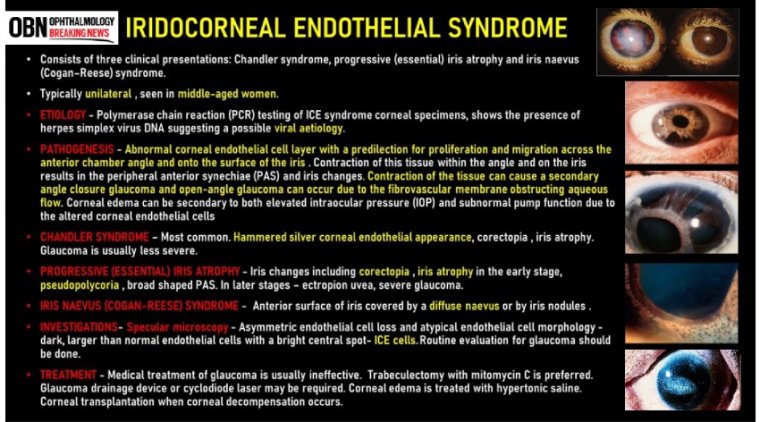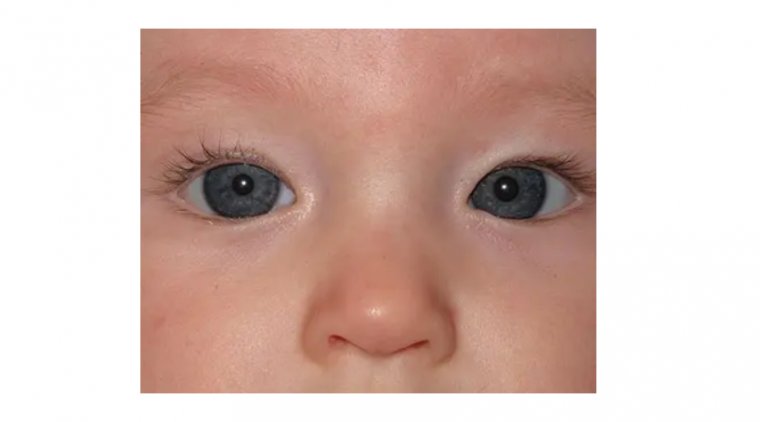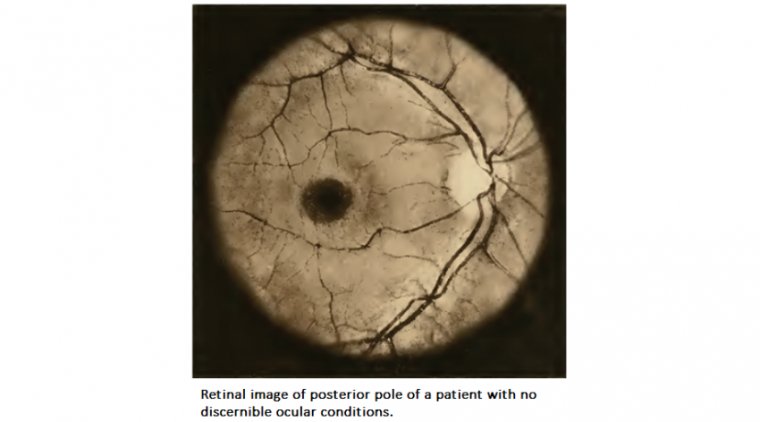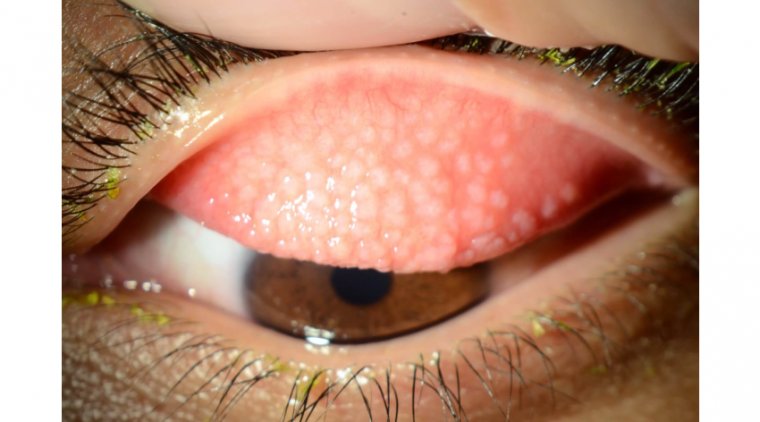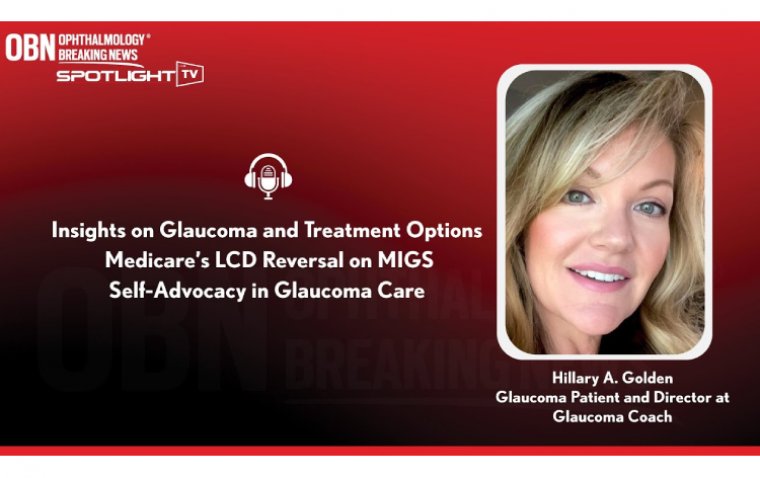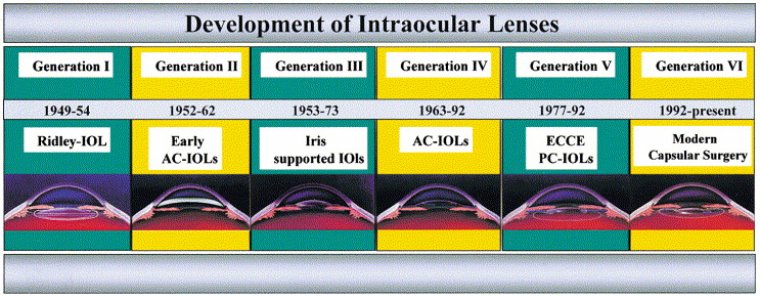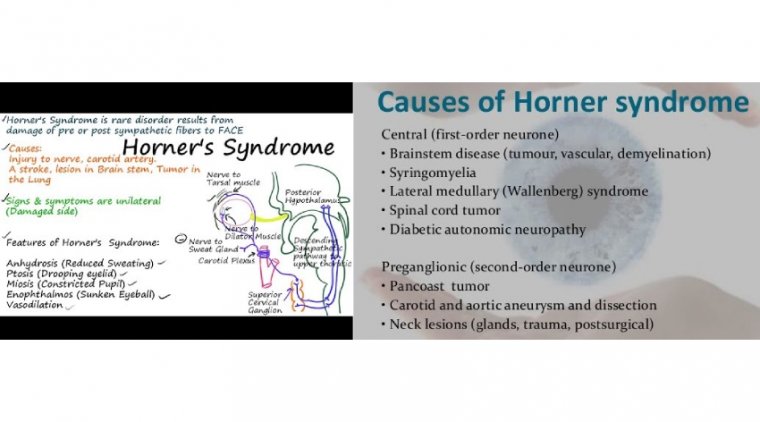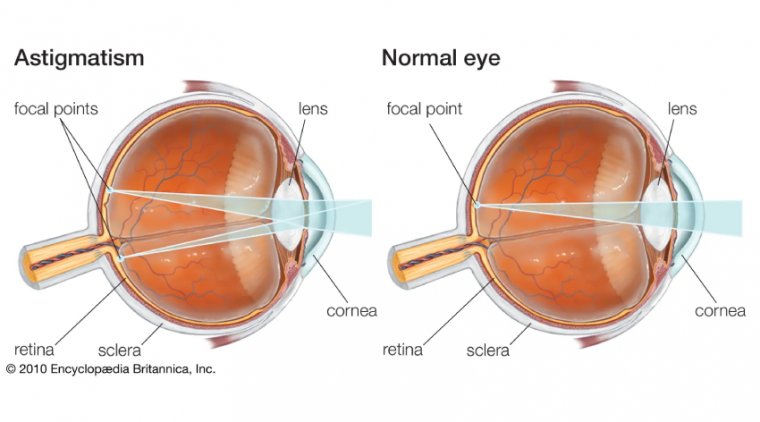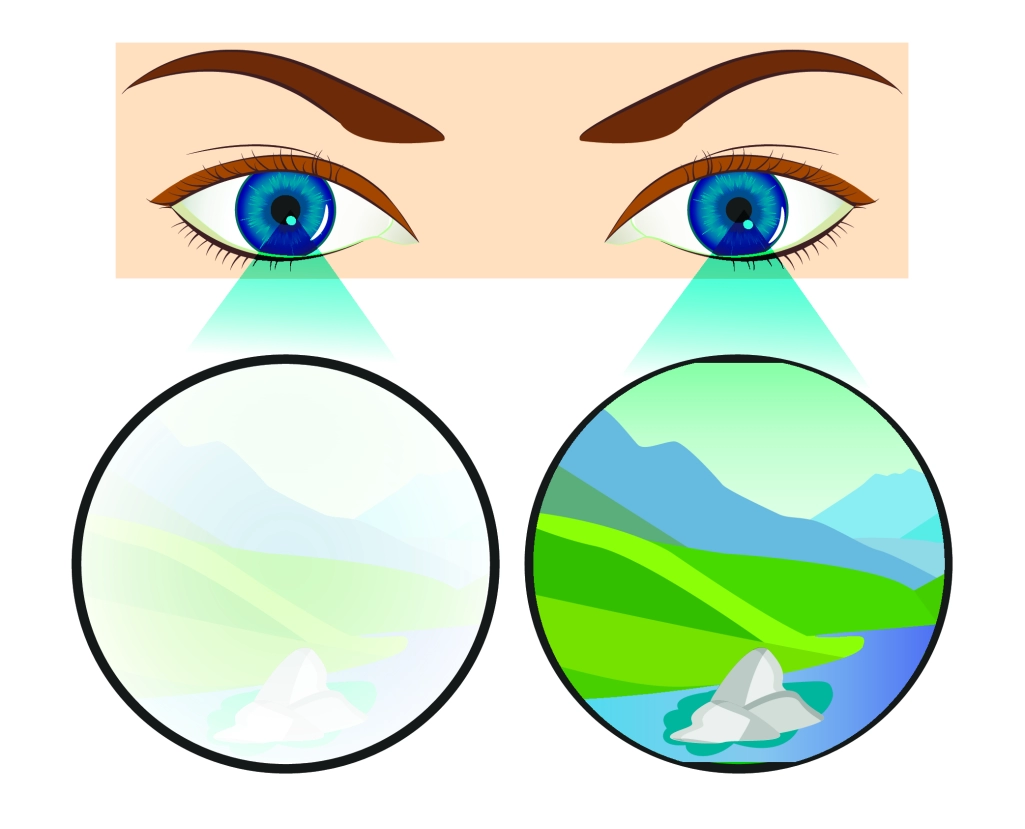
Understanding Amblyopia: Causes, Symptoms and Treatment
What is Amblyopia?
Amblyopia, also known as "lazy eye," is a condition that affects the vision in one or both eyes. It can make it difficult to see clearly and can impact everyday activities such as reading or playing sports. It's a common condition that affects both children and adults, and can be caused by a variety of factors.
Types and Causes of Amblyopia
|
Type of Amblyopia |
Definition |
|
Strabismic Amblyopia (Eye Misalignment) |
A type of amblyopia caused by a misalignment of the eyes, where one eye turns in, out, up or down, resulting in the brain ignoring the image from one eye to avoid double vision. |
|
Anisometropic Amblyopia (Unequal Refractive Error) |
A type of amblyopia caused by a significant difference in the refractive error between the two eyes, resulting in the brain ignoring the image from the eye with the greater refractive error. |
|
Deprivation Amblyopia (Obstruction of Vision in One Eye) |
A type of amblyopia caused by a condition that prevents light from entering one eye or obstructs the development of visual processing in one eye, such as congenital cataracts or ptosis. |
|
Refractive Amblyopia (Focusing Difference in Both Eyes) |
A type of amblyopia caused by uncorrected refractive errors, such as nearsightedness, farsightedness, or astigmatism, that cause one eye to be blurrier than the other, resulting in the brain ignoring the image from the blurry eye. |
Overall, there are several possible causes of amblyopia, and it's important to understand the underlying cause in order to receive the best treatment.
Amblyopia vs. Strabismus
Amblyopia and strabismus are both eye conditions that can affect vision, but they are different in several ways. Here are the key differences between amblyopia and strabismus:
1. Amblyopia is a condition where there is reduced vision in one or both eye that cannot be corrected with glasses or contact lenses. Strabismus is a condition where the eyes do not align properly, causing one eye to turn in or out while the other eye looks straight ahead.
2. Amblyopia is caused by a problem with the way the brain processes visual information during early childhood, such as a refractive error or misalignment of the eyes. Strabismus can be caused by muscle weakness, nerve damage, or other underlying medical conditions.
3. The main symptoms of amblyopia is poor depth perception, difficulty seeing fine details, and other vision problems. Strabismus can cause double vision, eye strain, and headaches, as well as social and psychological issues due to the misalignment of the eyes.
4. Amblyopia is diagnosed through a comprehensive eye exam which may include visual acuity, eye alignment, and eye tracking. Strabismus can be diagnosed through a physical exam of detailed examination of the eye movements and alignment.
5. Amblyopia treatment involves patching the stronger eye to encourage the weaker eye to develop stronger visual skills. Strabismus treatment may involve surgery, vision therapy or corrective lenses.
Symptoms of Amblyopia
The symptoms of amblyopia can vary from person to person, but may include poor vision in one eye, difficulty with depth perception, or eye strain. Children with amblyopia may struggle with reading or writing, or may have difficulty playing sports or other activities that require good vision. It's worth noting that amblyopia can sometimes be difficult to detect, especially in young children who may not be able to articulate their symptoms clearly.
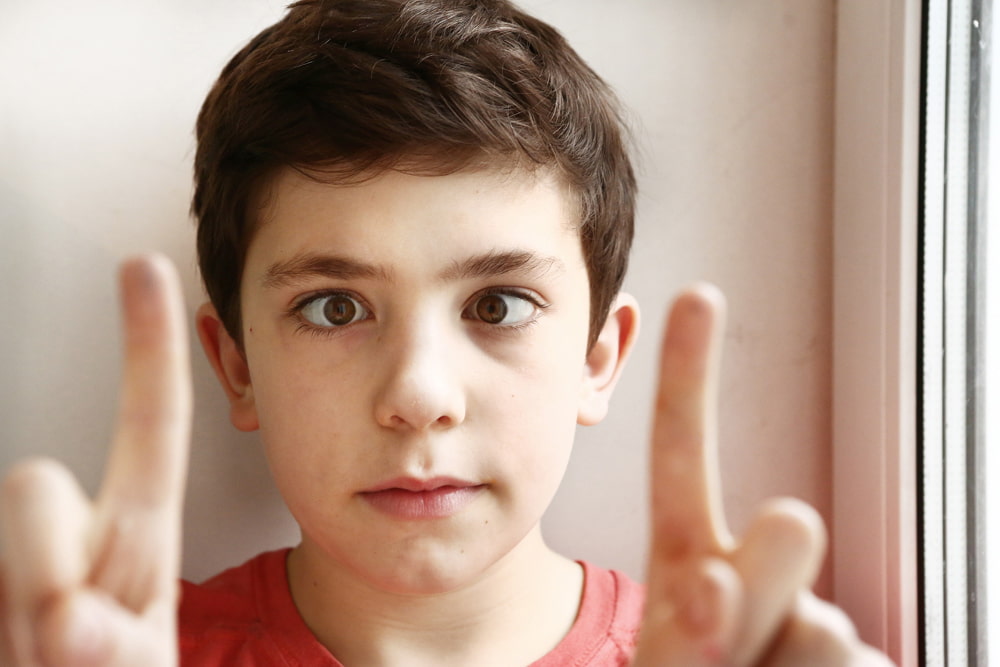
One of the most common symptoms of amblyopia is blurry or dim vision in one eye. This can make it difficult to see clearly, especially when trying to read, watch TV, or do other activities that require good vision. In some cases, the vision in the affected eye may be significantly worse than the other eye.
Another common symptom of amblyopia is poor depth perception or difficulty judging distances. This can make it hard to catch or throw a ball, drive a car, or perform other tasks that require good spatial awareness.
Diagnosis and Treatment of Amblyopia
If you or your child is experiencing symptoms of amblyopia, it's important to visit an eye doctor for an exam. Your eye doctor will perform tests to determine the severity and cause of the condition.
Treatment for amblyopia may include corrective lenses, eye patches, or eye drops, and in some cases, surgery may be necessary. With proper treatment, many people with amblyopia can improve their vision and lead a normal, healthy life.
Prevention of Amblyopia
While not all cases of amblyopia can be prevented, taking steps to promote healthy vision and catch any problems early can help minimize the risk of developing the condition. Here’s what you could do to raise your chances.
Early Detection
The earlier amblyopia is detected and treated, the better the chances of a successful outcome. Children should have their eyes checked regularly by a pediatrician, ophthalmologist, or optometrist starting at birth and continuing throughout childhood.
Correcting Vision Problems
If a child has a refractive error, such as nearsightedness, farsightedness, or astigmatism, it's important to correct it with glasses or contact lenses. This can help prevent the development of amblyopia by ensuring that both eyes are receiving clear, focused images.
Treating Eye Conditions
Eye conditions such as strabismus, cataracts, and eyelid drooping should be treated as soon as possible to prevent the development of amblyopia. In some cases, surgery may be necessary to correct these conditions.
Eye Exercises
Eye exercises can be helpful in some cases of amblyopia, particularly if the condition is caught early. These exercises involve using both eyes together to improve coordination and strengthen the visual system.
Vision Therapy
Vision therapy is a type of treatment that involves a series of exercises and activities designed to improve the functioning of the visual system. It can be particularly helpful in cases of amblyopia caused by strabismus or other problems with eye alignment.
Encouraging Healthy Visual Habits
Encouraging children to take breaks from screen time, practice good posture, and maintain a healthy lifestyle can also help prevent the development of amblyopia. Eating a healthy diet, getting enough sleep, and avoiding smoking can also promote healthy vision.
In Conlusion
Amblyopia is a common condition that can impact a person's vision and quality of life. By understanding the causes, symptoms, and treatment options for amblyopia, you can take steps to protect your vision and that of your loved ones. Don't hesitate to visit an eye doctor if you have concerns about your vision or the vision of someone you care about.
(1).jpg)
